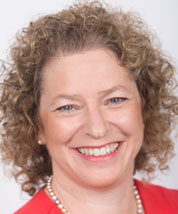By: Christopher Corts, Professor of Law, Legal Practice, University of Richmond School of Law
Hello, again, readers! Today I am writing the second of a two-part series devoted to the art of facilitating better conversations about controversial topics. When we convene these kinds of conversations, we need to be especially attentive to the possibility that some number of listeners are likely to hear perceptions, opinions, beliefs, and values that are in tension with, and sometimes oppositional to, their own—and that some speakers will need to feel comfortable uttering those kinds of polarizing comments, too.
Last month, in Part I, I explained why I think new ABA Standards 303(b) and (c) present an important opportunity for law schools to have some hard but necessary public conversations about racism, bias, and inter-cultural competency. I suggested that, if we are going to effectively teach students how to internalize a professional responsibility for clients and the integrity of the legal system [as we must, under Standard 303(b)], we will necessarily need to help students learn how to detect, address, and overcome the pernicious effects of racism and bias [Standard 303(c)] in our own profession. And: in our own institutions, which collectively help to constitute the state of “the profession” that we are all obligated to critically assess, strengthen, and reform.
All of this means that we will need to facilitate a different kind of conversation within our communities—one that does not involve debating, arguing, or problem-solving. We need conversations that can help to clear the air, establish the state of things as they are (and not as we hope or wish them to be), and give public voice to important, deeply held viewpoints that some stakeholders might be reluctant to share, especially if they perceive those viewpoints to be at odds with official messaging or apparently-prevailing sentiments within the group.
When I facilitate these kinds of hard conversations, I have four primary, process-oriented goals in view (which, astute readers will notice, could also be read as value statements):
- give every person an opportunity to speak about a given subject (or: to decline to speak on that subject);
- elicit candid and forthright comments about things that are most meaningful to the speaker, especially the kinds of statements about deeply-held personal perceptions, opinions, values, and convictions that are at odds with official messaging or prevailing opinions in a group (which may not ordinarily be heard in public, community-wide conversations that are efficiently managed to meet the aims of organizers running an agenda that they set);
- strive—with curiosity, compassion, and non-attachment to any particular outcome—to discover the full, true range of views that constitute the community as it just-is;
- create opportunities to be together as a community through periods of shared silence (rather than defaulting to treating silence as something to be feared, avoided, or filled with noise).
All of this takes a lot of time to do well. Without giving adequate time, we cannot hope to let everyone speak, cannot build trust within the group, cannot elicit comments about the deepest and most meaningful things, cannot fully hear and appreciate the true state of things, especially when the true state of things includes profound, meaningful disagreements.
Today, in Part II, I want to give some concrete suggestions for how to plan, stage, and facilitate these kinds of public conversations to achieve the goals outlined above. We need rules and norms to keep everyone invested in the same process. And to do that we need tools and techniques to help us make these conversations slower, less reactive, more intentional, more inclusive, and personally-meaningful to each individual present.
Birthed in my own experiences with inter-faith and ecumenical dialogues while completing my seminary education prior to law school, the suggestions that follow have been refined and further developed during my past decade in legal education and service to the broader community that goes with it. These suggestions reflect communication principles and practical techniques that will be familiar to anyone who has ever experienced non-violent communication, mindful communication…or a Quaker meeting.
Whenever I approach these kinds of difficult conversations, my aim is to try and find a way to facilitate mutual compassion, respect, and trust among participants. Trust makes broader participation more likely, and it makes deeper participation more likely, too. In my experience, when trust exists, it can improve the quality of conversation by improving the likelihood that candid, authentic, contrarian points of view will be voiced—and heard.
Here are a few ideas for how you might facilitate these conversations in a more inclusive and meaningful way. In addition to increasing the likelihood of quality participation from the greatest number of participants (as speakers and listeners), the rules in this list are designed to improve access to the conversation by (a) reducing the costs of speaking for socially-anxious and marginalized participants, while also (b) reducing the possibility that socially-confident participants will be able to grandstand or dominate the discourse.
- Consult with experts. The suggestions I am offering are process-oriented. But, especially when it comes to matters of racism, bias, and inter-cultural difference, in the interest of pursuing institutional-level policy reforms—as we must—we all benefit from expert help. There can be no substitute for the wisdom and guidance of experts who have dedicated their professional lives to helping institutions address and fix the wide range of complex problems caused by bias, racism, and a lack of inter-cultural fluency in our organizations.And, at the individual level, we can all benefit from consulting books written by experts. I recommend Rhonda Magee (a lawyer and law professor) and Ruth King (founder of the Mindful of Race Institute, LLC). Both are well-published and write in an accessible way that is especially helpful for deftly navigating the intersection of mindful communication and race in a way that invites maximum participation and deep, compassionate engagement.
- Facilitate small group conversations. Public conversations that elicit maximum participation and candor are not possible in mass groups. The smaller the group, the more questions that can be asked and the more topics that can be covered in the same amount of time.How small do the groups need to be? In my experience, six to eight is optimal (for reasons that I hope will become more obvious as you keep reading). Ten to twelve is doable. More than twelve will severely undercut your ability to realistically include all speakers and invite them to contribute with depth and authenticity. This takes many facilitators for many groups, potentially, but one organizing facilitator can come up with the question prompts and guidelines for all of the groups to use and then just leave it to a number of volunteer facilitators to implement at the small-group level. If they can read and follow directions, then they can facilitate.
- Seat each small group in a circle. Staging matters. When you facilitate a hard conversation, you have the ability to stage it in a way that can make participation easier—or more burdensome. By creating a circle for conversation, you can help speakers speak and listeners hear.This is not just about achieving a certain form; it is more than just staging and optics. It is also a show of values. And it enhances superior functioning in the group. Sitting in a circle eliminates hierarchies that exist when a podium, stage, microphone, or another arrangement that confers a superior position to one person (the speaker, usually) distinct from all others. In a circle, everyone is seated side-by-side. There is no privileged place for the facilitator, no privileged place for any speaker. There is no person drawing focus in the center of the circle, and no person is (literally or figuratively) outside of the circle. Everyone can see everyone else as an equal within the same circle of concern.
- Create rules that make candid participation possible for the most people. To achieve maximum participation, we need to create conditions that make it more likely that everyone, wherever they sit, will feel comfortable offering statements of deeply-held conviction, personal experience, and subjective perception. Some people may be more inclined to do this than others by nature, culture, or socialization, but we want to make it easier for everyone to feel safe bringing hidden things to light—especially sincere statements of personal perception, value, opinion, or belief.Setting rules for equitable, inclusive discourse from the outset of your conversation can help. I will reserve a future blog post to explore the fine art of crafting a beautiful reflection question. But for now, the basic idea is that you want to create questions that are open-ended enough to elicit feedback that is most meaningful to each speaker, but targeted enough to elicit the kinds of hidden opinions and contrarian points of view that you, as facilitator, have designed this conversation to expose.At a minimum, you need rules about speaking and listening that can (1) establish confidentiality, (2) prevent interruption and cross-talk, (3) prevent a small number of participants from dominating the discourse, (4) prevent certain other participants from hiding or refraining from speaking (when they would be willing to do so, given the chance), (5) create a clear order of conversation that each participant can follow, (6) encourage speakers to speak freely and respectfully, (7) encourage listeners to hear charitably, and (8) invite everyone to strive for respectful, compassionate conversation that you can collectively (as a group) define for one another.[In my next blog post, I will give more detail about specific rules you can institute to make the achievement of these goals more likely. These rules are good rules for all kinds of public conversations you might convene in the ordinary day-to-day life of teaching or leading organizations. But they are especially helpful for achieving the goals of hard conversations as we have defined them in this series.]
- From start to finish—in your heart, and in your public expressions—keep seeking and valuing contrarian statements of difference and disagreement. This one might be counter-intuitive. There is a strong bias that pervades professional contexts in favor of being positive, constructive, and helpful. But if we are to successfully convene and facilitate a public conversation where the broadest number of people speak and hear the rawest, truest, most polarizing, controversial, and divisive opinions, we need to expect, accept, and normalize expressions of disagreement. Even better? We need to welcome We cannot bring divisions to light and begin a process of growth, healing, repair, and restoration unless we do. Dissent is by its nature disruptive; expressions of it always slow down the ability of the majority to get stuff done, and it always threatens to impede the ability of the majority to get everything they want. In a public conversation, we need to take special care to successfully welcome (and keep welcoming) dissenting viewpoints.As facilitator, by (a) helping to establish shared rules, norms, and values at the outset of the conversation and then (b) posing open-ended questions prompts that are designed to elicit frank feedback on targeted topics, you have tremendous power to help set the social-cultural conditions that are necessary for individuals to speak, hear, and hold disagreement about the things that matter most.It is possible—perhaps likely—that you will be trying to normalize dissent within the context of a community that, in the day-to-day order of things, does not always do a great job of seeking, hearing, and holding dissent? Whatever intended by officials in a community, or by the prevailing majority on a given issue, in practice, the expression of dissent can be impliedly vilified as an enemy of progress. Dissent upsets people. It slows things down. It frustrates decision-making. It destabilizes things. It hurts feelings. And, if we are not extra careful, dissenters can feel as if they are being vilified as enemies of progress…unless we figure out how to sincerely welcome and bless them in our circle of discourse.I think this concern for dissenters is especially important as “well-being” rhetoric becomes increasingly mainstream in law schools (and other legal environments). There are dissenters, laggards, and resisters to that movement, and—for a variety of very important reasons—they might not wish to perform mental health, positivity, or happiness in public spaces. As we try to create a “culture of well-being”, we may unwittingly coerce some into performing positivity in public spaces. These dynamics are at play whenever we try to have a hard conversation across deeply-held differences within a community of common concern.
So: what is the solution? Well, against the noble-seeming bias toward positivity and agreement, we can lead by example.
- Use your power as facilitator to model the courageous, vulnerable behavior you seek to elicit. You do not need to pretend to be neutral. You can do more than strive to be positive/affirming; or, to put it another way: you can use your positivity and affirmation to welcome, endorse, and affirm dissent. Actively look for opportunities to express your own statements of dissent, difference, disagreement, criticism, objection, or resistance. Don’t be afraid to express negativity, skepticism, or pessimism about something. And, when you do, do it without apology. You can thus model the important truth: those kinds of statements are not a problem, and bringing them to light is one of the most important reasons for having this kind of conversation.
- After someone expresses a criticism or a contrarian view, sincerely thank them for the comment. With curiosity, ask a follow-up question that doesn’t challenge their view (or a premise upon which it is based); instead, use your follow-up question to give the speaker an opportunity to further develop and voice that same line of thinking. With sincerity, ask questions designed to help yourself and other listeners try to better understand that dissenting point of view with more precision and detail.
- As facilitator, take care to monitor and enforce the rules of conversation established by the group in unbiased ways. Those rules are in place to ensure that all speakers have the opportunity to express dissenting opinions in the clear, without being countered, corrected, interrupted, debated, disputed, or otherwise managed or controlled. You might be tempted to suspend the rules in order to “handle” or “manage” a certain kind of rogue message that threatens harm to institutional goals. Resist the urge to shut-down dangerous, disruptive comments (which can be distinguished from other kinds of harmful, violent comments that are directed towards individual persons; those kinds of comments can fairly be rebuffed without running afoul of your goal to encourage good faith dissent, criticism, disagreement, etc. in a non-personal, non-violent way).
- As facilitator, you also have power to create question prompts that are designed to elicit criticism, dissent, or disagreement in indirect, less burdensome ways for your listeners and speakers.For example: you could invite speakers to imagine themselves as having absolute power to take action and fix something in the community—and then ask them to describe the change they would make, and why. Like this:If you had absolute, unilateral, god-like power to take action and change one thing about the way this law school handles [insert controversial topic that you hope to learn about]—what would it be? Why is making that change so important to you? How do you imagine the law school community would be better after you made that change? What would it look like?Notice: by identifying the thing that most needs to change, you are likely to find out about something that angers/frustrates/demoralizes the speaker, something the speaker wants to change. And you are able to discover the speaker’s preferred solution to the problem, including their reason for the solution. And you will help everyone catch a glimpse of the way the reformed world would look like, from the speaker’s perspective, once that thing the speaker wants to change gets fixed.In my experience, this question can elicit some surprising, thoughtful, deeply-felt responses. This kind of question can be applied to many different topics, and refined so that it is posed in a broad or narrow way.There are many other ways to directly or indirectly ask questions that can get people talking about things that, if not actively sought-out, would just remain hidden. Have courage! Get creative. See if you can find an easier way for someone to bring something they might ordinarily keep hidden to light.
- End with silence. When I facilitate, I like to close a hard conversation by leading everyone in a minute or two of silence. It creates a sense of ritual. It creates an ending. It gives space for everyone’s brain to transition away from the rigor of dialogue to whatever comes next. It also reinforces the value of slowness, which has permeated every aspect of the conversation circle.Sometimes, I make the silence symbolic. For example: I might tell everyone that we are going to observe the silence as a way of bringing our collective attention to the reality that, for all that has been shared today, there remains a number of true and meaningful things that have yet to be articulated. Silence helps us hold those mysteries in our collective consciousness.Or: I might invite everyone to sit together for two minutes in silence to show that, despite all of the differences expressed today, the silence we share is still big enough to hold us together in unity—despite whatever differences or disagreements we voiced and heard.Or: I might say that we will observe the silence by filling it with thoughts of gratitude for contributions made—by showing up, by speaking, by hearing, by caring.Or: I might say that we are observing the silence as a way of respecting the mystery of human existence. Like the ties that bind a community, the silence between us is fragile. And, like silence, the gift of community can be easily, thoughtlessly broken if we do not take care, give our attention to it, and hold it in our concern.Or: I might say nothing. I just invite people to sit silently together for a minute (or two). And leave it to each individual to figure out how to live in their minds during that period.
We need to normalize silence as an important part of public conversations. Silence gives time to think, breathe, reflect, pray, seethe, ruminate, calm yourself, meditate, daydream, whatever. If we let it? It can speak to us. It can draw us into an experience of transcendence or mystery. It can be symbolic of the unknown, unspeakable, yet-undiscovered truths that help to define a community as surely as voiced commitments or grievances do. Silence is not something to fear, avoid, manage, or fill with noise. It is a blessing—part of what just-is—and it ought to be welcomed, with purpose, into our conversations. No shame or apology necessary.
So there you have it: six simple tips for facilitating public conversations that are explicitly designed to bring deeply personal, possibly-controversial opinions to light. Whenever I am privileged to facilitate conversations like these, my deepest hope is that every attendee will be able to head for the exit thinking something like: “I appreciate that I finally had the opportunity to speak from my heart. And I appreciate the opportunity to hear others speak from theirs.” I also hope they will be able to leave the circle saying something like, “Well, no one can accuse that of being an echo chamber!”
All of this might be exhausting, but it is nowhere near exhaustive of all that might yet be done. If you have any ideas, thoughts, concerns, or wisdom that you would like to share on the topic of facilitating hard conversations, please do not hesitate to email me at ccorts@richmond.edu. I would love to hear from you!

Christopher Corts, Contributor

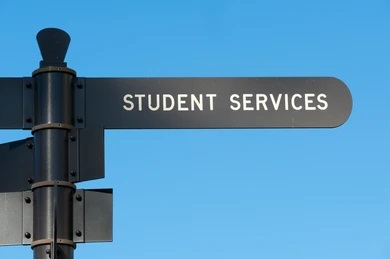
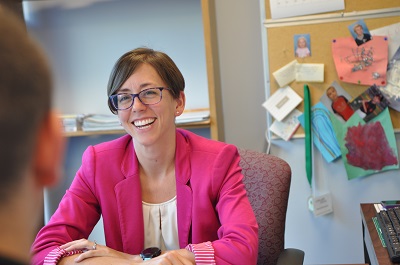
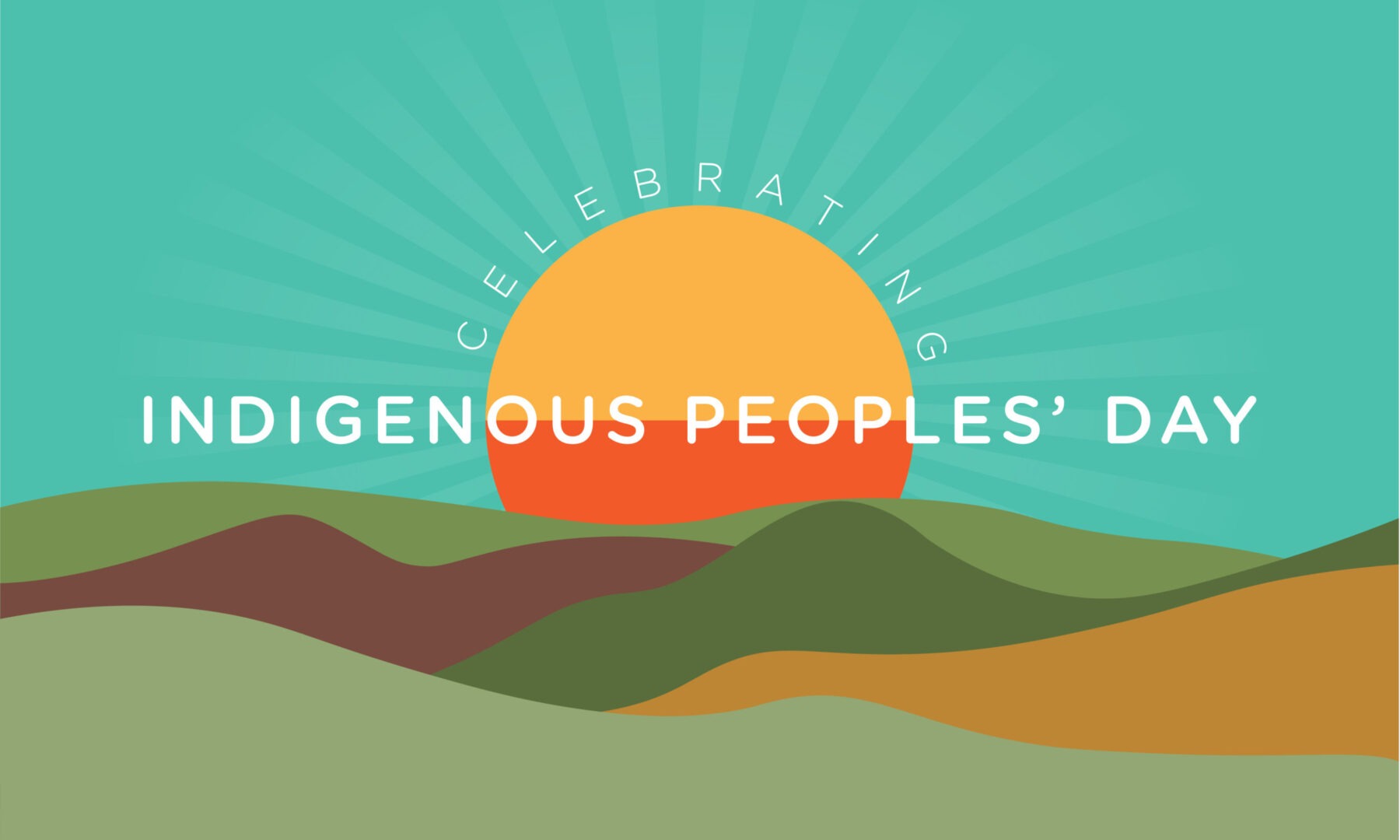

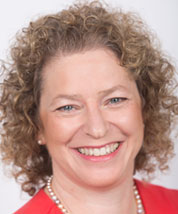
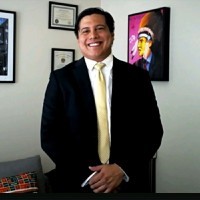
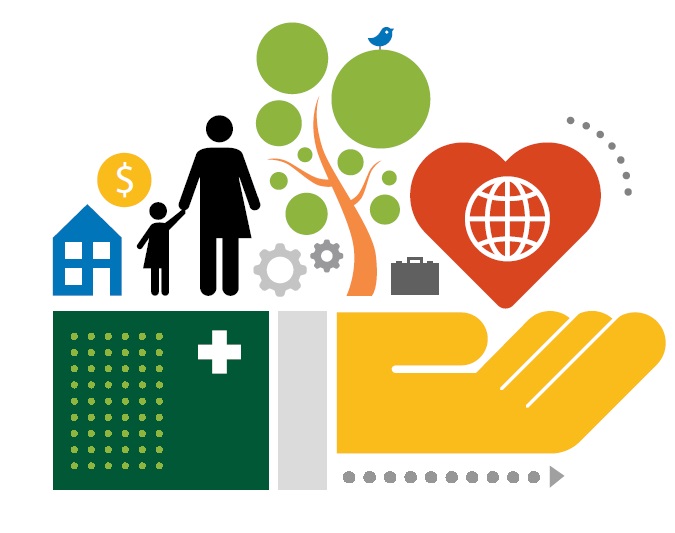

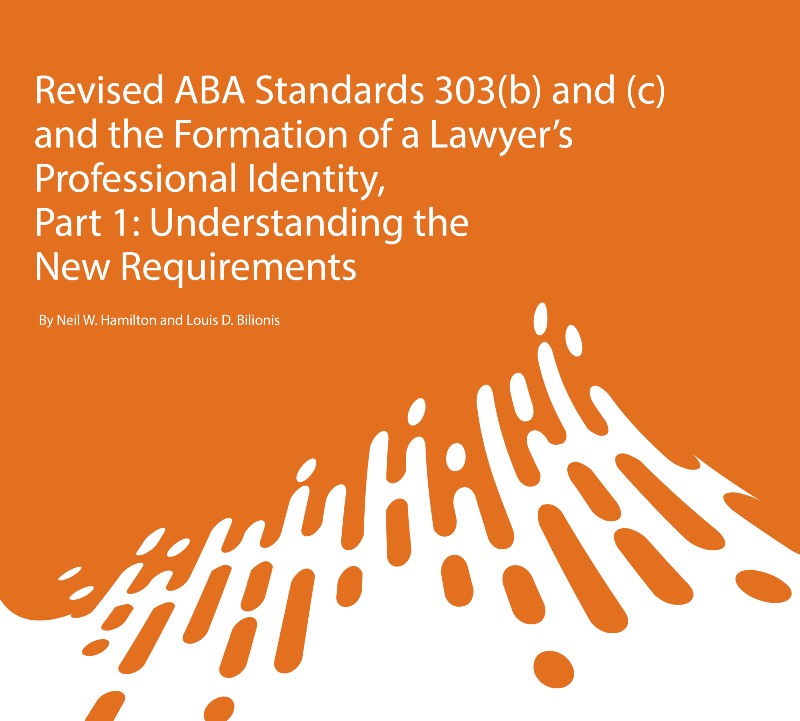
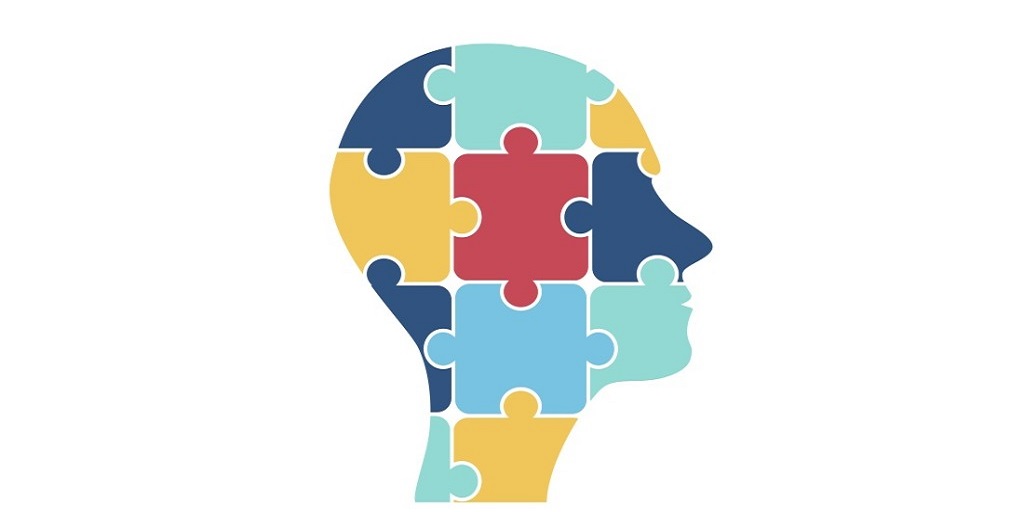
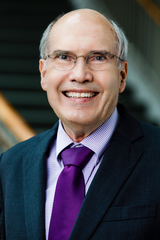

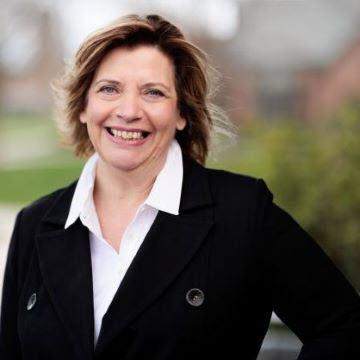
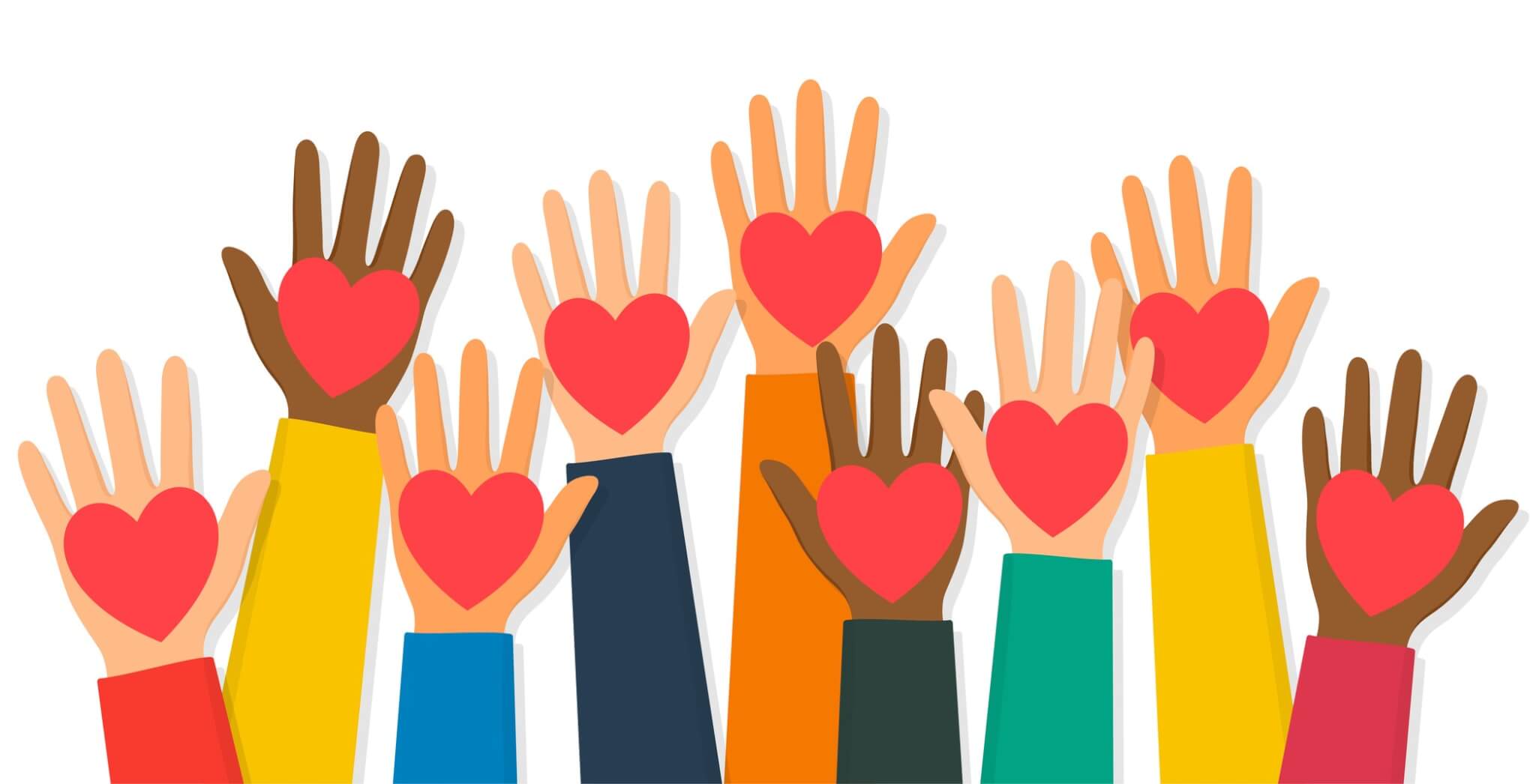



 Third, self-doubt in law school, including imposter syndrome. This provided the foundation for Scott to discuss and demonstrate the power of mindfulness practices in law school. Scott shares a powerful image from his book
Third, self-doubt in law school, including imposter syndrome. This provided the foundation for Scott to discuss and demonstrate the power of mindfulness practices in law school. Scott shares a powerful image from his book 